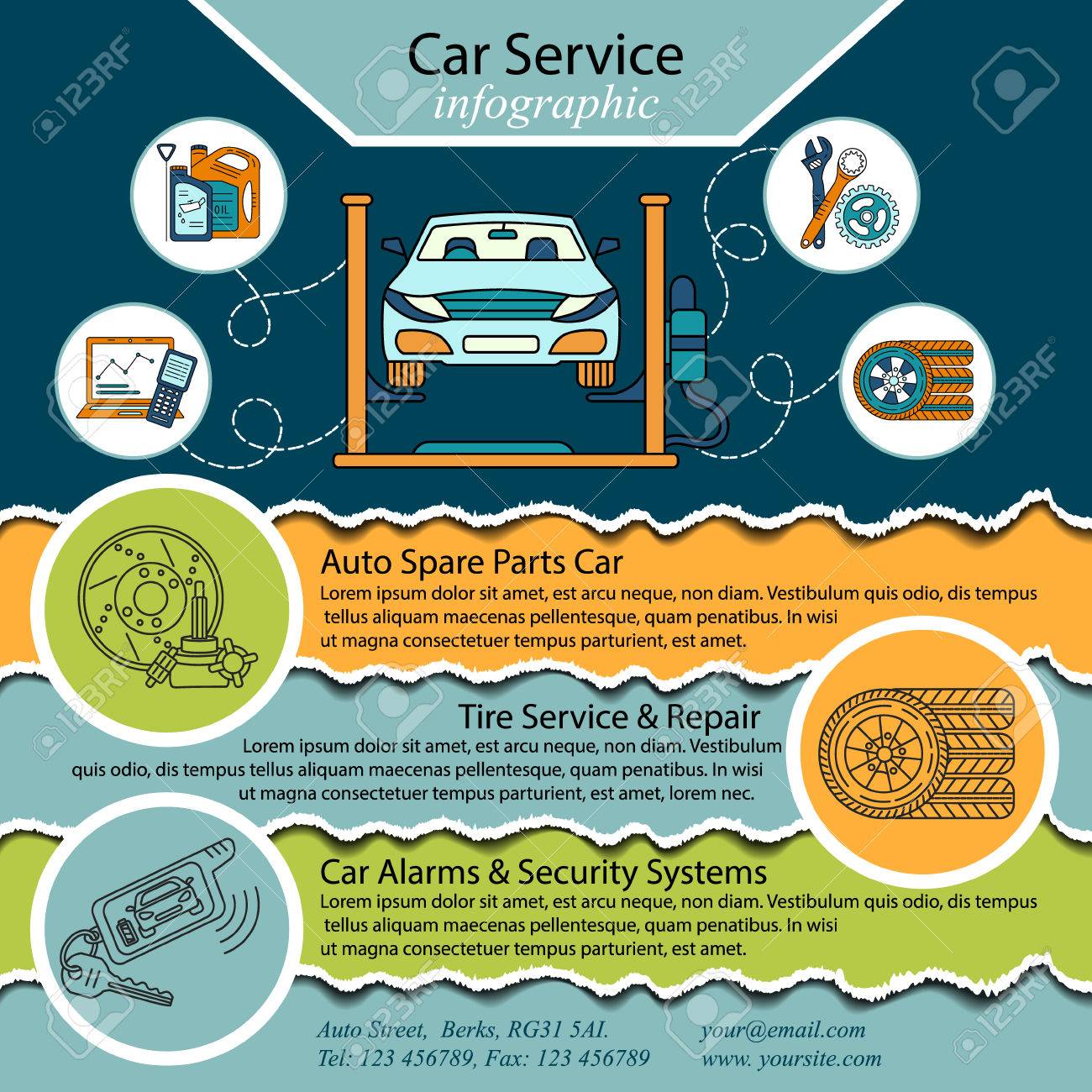Decoding Your Automobile'S Warning Indicators: What They Really Signify
Decoding Your Automobile'S Warning Indicators: What They Really Signify
Blog Article
Content Produce By-Termansen Alvarado
When you're behind the wheel, those radiant caution lights on your control panel can be a little bit perplexing. Do you know what they're attempting to tell you concerning your car's health and wellness? Comprehending the significance of these lights is vital for your safety and security and the long life of your lorry. So, the following time among those lights turns up, wouldn't you intend to decipher its message properly and take the needed actions to address it?
Common Warning Lights and Interpretations
Determine typical warning lights in your cars and truck and understand their definitions to guarantee risk-free driving.
The most normal caution lights consist of the check engine light, which signals problems with the engine or exhausts system. If this light comes on, it's important to have your automobile checked without delay.
The oil stress alerting light indicates reduced oil pressure, requiring immediate attention to prevent engine damages.
A flashing battery light may recommend a malfunctioning billing system, potentially leaving you stranded otherwise addressed.
The tire stress surveillance system (TPMS) light signals you to low tire pressure, affecting lorry stability and gas effectiveness. Overlooking this could result in unsafe driving conditions.
The abdominal light shows a problem with the anti-lock stopping system, jeopardizing your capacity to quit promptly in emergencies.
Last but not least, the coolant temperature warning light warns of engine overheating, which can lead to serious damages if not solved swiftly.
Recognizing these common caution lights will certainly aid you attend to concerns without delay and preserve risk-free driving problems.
Importance of Prompt Attention
Understanding the common caution lights in your auto is just the primary step; the significance of quickly dealing with these warnings can not be emphasized sufficient to guarantee your safety on the road.
When a caution light brightens on your dashboard, it's your auto's method of connecting a potential concern that requires attention. Disregarding these cautions can lead to much more extreme issues later on, jeopardizing your security and potentially costing you a lot more out of commission.
Trigger interest to cautioning lights can avoid breakdowns and accidents. For example, a blinking check engine light might suggest a misfire that, if left unattended, can trigger damage to the catalytic converter. Addressing this immediately can save you from a costly fixing.
Likewise, a brake system warning light could indicate reduced brake fluid or used brake pads, essential components for your security when driving.
DIY Troubleshooting Tips
If you discover a warning light on your dashboard, there are a few do it yourself fixing tips you can try before seeking expert assistance.
The initial step is to consult your car's handbook to understand what the particular warning light suggests. Sometimes the problem can be as simple as a loosened gas cap setting off the check engine light. Tightening the gas cap may resolve the issue.
view it is a low battery, which can set off numerous cautioning lights. Inspecting the battery links for deterioration and guaranteeing they're secure could fix the problem.
If a caution light persists, you can attempt resetting it by separating the auto's battery for a couple of minutes and afterwards reconnecting it. Furthermore, examining your car's fluid degrees, such as oil, coolant, and brake fluid, can help troubleshoot advising lights related to these systems.
Verdict
To conclude, comprehending your cars and truck's warning lights is vital for keeping your vehicle running efficiently and securely. By without delay addressing these signals and knowing what they suggest, you can avoid costly repairs and prospective failures.
Remember to consult your car's handbook for particular details on each alerting light and do something about it as necessary to ensure a hassle-free driving experience.
Stay informed, stay secure when driving!
